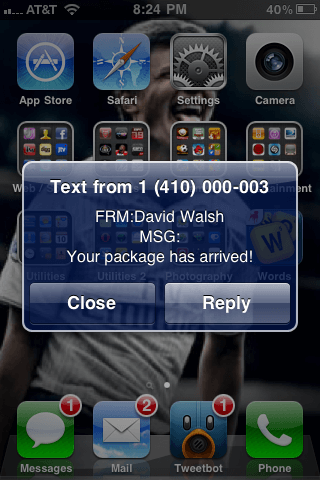Presenting numbers in a readable format takes many forms, from visual charts to simply adding punctuation. Those punctuation, however, are different based on internationalization. Some countries use , for decimal, while others use .. Worried about having to code for all this madness? Don’t — JavaScript provides a method do the hard work for you!
The Number primitive has a toLocaleString method to do the basic formatting for you:
const price = 16601.91;
// Basic decimal format, no providing locale
// Uses locale provided by browser since none defined
price.toLocaleString(); // "16,601.91"
// Provide a specific locale
price.toLocaleString('de-DE'); // "16.601,91"
// Formatting currency is possible
price.toLocaleString('de-DE', {
style: 'currency',
currency: 'EUR'
}); // "16.601,91 €"
// You can also use Intl.NumberFormat for formatting
new Intl.NumberFormat('en-US', {
style: 'currency',
currency: 'GBP'
}).format(price); // £16,601.91
It’s a major relief that JavaScript provides us these type of helpers so that we don’t need to rely on bloated third-party libraries. No excuses — the tool is there!

Vibration API
Many of the new APIs provided to us by browser vendors are more targeted toward the mobile user than the desktop user. One of those simple APIs the Vibration API. The Vibration API allows developers to direct the device, using JavaScript, to vibrate in…

Send Text Messages with PHP
Kids these days, I tell ya. All they care about is the technology. The video games. The bottled water. Oh, and the texting, always the texting. Back in my day, all we had was…OK, I had all of these things too. But I still don’t get…

Dynamic Waveform Visualizations with wavesurfer.js
Waveform images are an awesome addition to boring audio widgets. They can be functional as well as aesthetically pleasing, allowing users to navigate audio visually. I recently found wavesurfer.js, an amazing waveform image utility that uses to Web Audio API to create super customizable…

Introducing MooTools ScrollSide
This post is a proof of concept post — the functionality is yet to be perfected. Picture this: you’ve found yourself on a website that uses horizontal scrolling instead of vertical scrolling. It’s an artistic site so you accept that the site scrolls left to right.
Source link






Leave a Reply